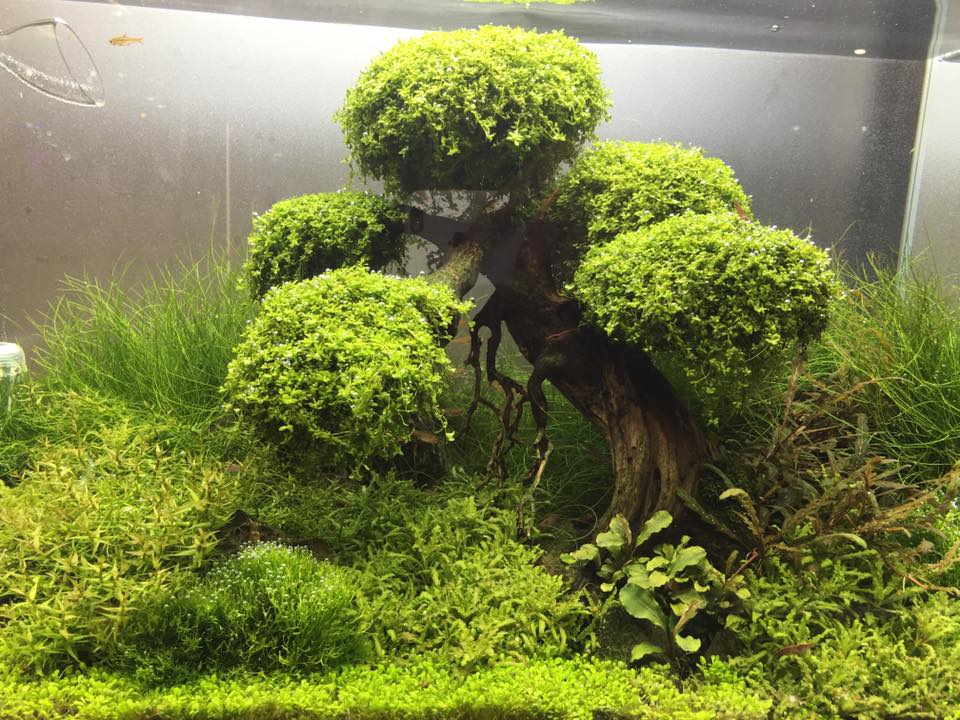Laws & Regulations in the ornamental fish industry

CITES UPDATE November 25, 2022+ The plenary of CITES CoP19 in Panama City agreed by consensus to list the Zebra Pleco, Hypancistrus zebra, on appendix II with a zero quota for wild specimens.This is a much more sensible solution for both conservation and trade than the original proposal from Brazil to list the species on appendix I, but it will require the sensible cooperation of Parties to CITES to secure legal commercial trade in captive bred specimens.The listing is expected to go into effect from February 25 2023
An Eco-Modern approach towards the future of aquarium industry: Artikel 81
Humoristic article on our brave new aquarium fish world: A brave new world
ENGLISH ARTICLE on Covid-19 through the eyes of a fish pathobioligist:Covid-19 through the eyes of a fish pathologist
Please find attached the list of existing EU import suspensions on coral species from various countries, which may have led to seizures in cases where some companies may have tried to import corals from these countries.
Click here to download CITES Listed Corals
We believe that a number of other countries outside the EU do allow the importation of certain coral species, meaning that these governments don’t share the concerns of the EU
Wild caught fish: the trade, the benefits, the facts
It’s estimated more than 90% of ornamental marine fish and invertebrates (like coral) and between five and 10% of freshwater fish are wild caught for aquarium keepers to enjoy in their homes.
Fishermen can earn a living from their local rainforest rivers, rift valley lakes or coral reefs in some of the most remote countries in the world and are directly dependent on these habitats remaining healthy, so habitats can be protected because communities rely on them.
We believe these important benefits in the country of origin are often missed in the debate about wild caught fish. People, not fish, really lie at the heart of this issue. We need to ask ourselves what other livelihoods are open to them to feed their families if they cannot catch the species on their doorstep – and keep them alive to supply to our industry. And are those alternatives really ‘better’ – for them and the environment?
We wanted to examine the evidence for the positive benefits of wild caught fish so we commissioned the University of Kent’s Durrell Institute of Conservation and Ecology to review available scientific literature. Using this as The report
Read OATA’s Wild caught ornamental fish: the trade, the benefits, the facts report online
Download a pdf of OATA’s Wild caught ornamental fish: the trade, the benefits, the facts report
More details on Case Studies at
http://www.ornamentalfish.org/wild-caught-fish
Amazone: https://www.youtube.com/watch?v=-nbUl_FCbLM&feature=youtu.be
Hawai: https://www.youtube.com/watch?v=50L6JcMOVLQ
NEW STUDY 2023:
Can the global marine aquarium trade (MAT) be a model for sustainable coral reef fisheries?













